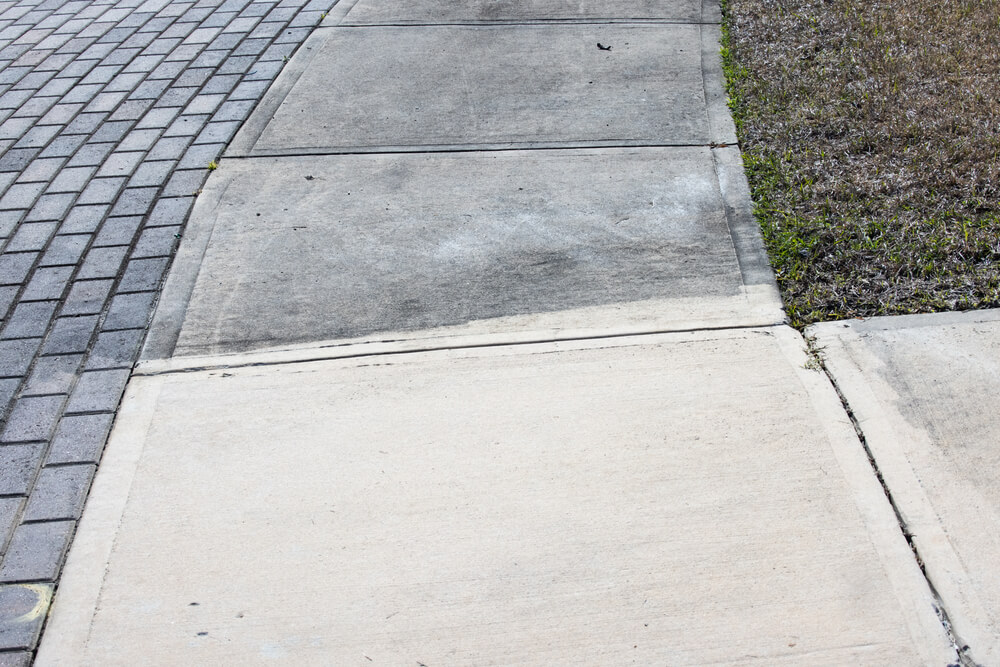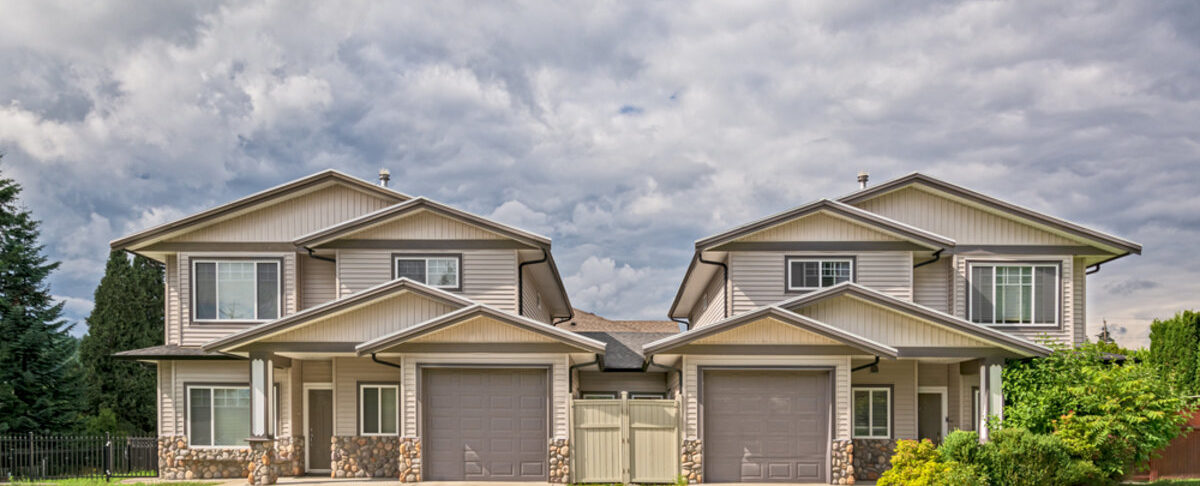Concrete is one of the most durable and versatile building materials available. It’s used in everything from driveways to building foundations, offering strength and longevity. However, despite its reliability, one issue often catches homeowners and builders off guard: discoloration. You might have noticed your once sleek, smooth concrete surface developing dark spots, patches of different colors, or uneven tones. While this issue is common, it can be both unsightly and frustrating. The good news? Understanding the causes of concrete discoloration and learning how to fix it can help restore its appearance.
What Is Concrete Discoloration?
Concrete discoloration refers to the visible changes in color that can occur on a concrete surface. It may manifest as dark blotches, faded areas, or inconsistent shading that detracts from the concrete’s overall appearance. While concrete is generally gray, many factors can cause it to develop unwanted hues or irregular patterns. These issues are typically more of an aesthetic concern, but they can leave a concrete surface looking less than ideal.
Common Causes of Concrete Discoloration
Understanding why your concrete changes color is the first step in addressing the problem. There are several potential reasons behind discoloration, each of which can occur at different stages of the concrete’s lifecycle.
1. Inconsistent Mixing
Concrete requires a precise mixture of water, cement, and aggregate to achieve a uniform color. When this mixture is not consistent, variations in the water-to-cement ratio can cause uneven drying. Too much water, for instance, can lead to lighter patches, while insufficient water can leave dark streaks or spots.
2. Water Penetration and Moisture Issues
Water plays a significant role in how concrete cures, but excessive moisture can also lead to discoloration over time. When water penetrates the surface of the concrete, it can carry minerals and other particles that stain the surface. Rain, irrigation, or even cleaning practices can introduce moisture that leaves unsightly marks or patches of uneven color.
3. Poor Curing Conditions
Concrete must cure properly to develop its full strength and desired appearance. If the curing process is rushed or the concrete is exposed to harsh weather conditions too soon, it may develop discoloration. Hot, dry weather can cause the surface to dry too quickly, leaving lighter patches, while cold weather can result in darker areas where moisture remains trapped.
4. Use of Deicing Chemicals
If you live in an area where winters are harsh, deicing salts might be part of your routine for keeping driveways and sidewalks safe. However, these chemicals can have a detrimental effect on concrete surfaces. Over time, deicing chemicals can seep into the concrete, causing white streaks or patches of discoloration known as efflorescence.
5. Environmental Contaminants
Concrete surfaces are constantly exposed to the environment, making them vulnerable to contamination. Dirt, grease, oil, and other substances can seep into the porous surface of concrete, leaving permanent stains. In some cases, even the growth of mold or algae can cause green or black discoloration, especially in damp or shaded areas.
How to Fix Concrete Discoloration
Fortunately, there are several effective methods to correct concrete discoloration, depending on the root cause. Here are some of the most common solutions:
1. Surface Cleaning
Sometimes, concrete discoloration is due to surface-level stains that can be removed with a thorough cleaning. For oil or grease stains, a concrete cleaner or degreaser should be used. If the discoloration is due to organic growth like algae or mold, a mixture of water and bleach can help restore the surface’s original color.
2. Applying a Concrete Stain or Dye
For more significant or widespread discoloration, applying a stain or dye to the entire concrete surface can create a more uniform appearance. Concrete stains penetrate the surface and provide a consistent color that can last for years. These products come in a wide variety of shades, allowing you to achieve a natural look or even enhance the color of your concrete.
3. Resurfacing the Concrete
If the discoloration is too severe for stains or cleaning to handle, resurfacing might be the best option. This involves applying a thin layer of concrete or polymer-modified coating over the existing surface. Resurfacing not only hides discoloration but also can fix minor cracks and blemishes.
4. Proper Sealing
Sealing your concrete is essential to prevent future discoloration caused by moisture, chemicals, or environmental contaminants. A high-quality sealer acts as a protective barrier, preventing water from penetrating the surface and keeping harmful substances at bay. Regularly sealing your concrete can also enhance its appearance and extend its life.
5. Addressing the Source of Moisture
If moisture is the primary cause of discoloration, you need to identify and address its source. This may involve repairing leaks, improving drainage around the concrete, or adjusting irrigation systems to prevent water from settling on the surface.
Preventing Concrete Discoloration in the Future
Prevention is always better than the cure. To avoid discoloration issues in the future, take the following precautions:
- Ensure proper mixing: Work with a professional or follow instructions carefully when mixing concrete to ensure a consistent blend.
- Use a quality sealer: Apply a concrete sealer after installation to protect the surface from moisture and stains.
- Maintain proper drainage: Prevent water from pooling on your concrete by maintaining proper drainage around the surface.
- Be cautious with chemicals: Avoid using harsh chemicals or deicing salts that can damage or stain concrete.
Conclusion

Concrete discoloration is a common issue, but with the right knowledge and techniques, it can be fixed and prevented. Whether the cause is moisture, improper curing, or surface contamination, there’s a solution available to restore your concrete’s appearance and protect it from future damage. By maintaining your concrete properly, you can ensure that it remains strong, attractive, and functional for years to come. If you’re facing discoloration problems or need professional assistance, contact Richfield Concrete today to get expert help with all your concrete needs.




